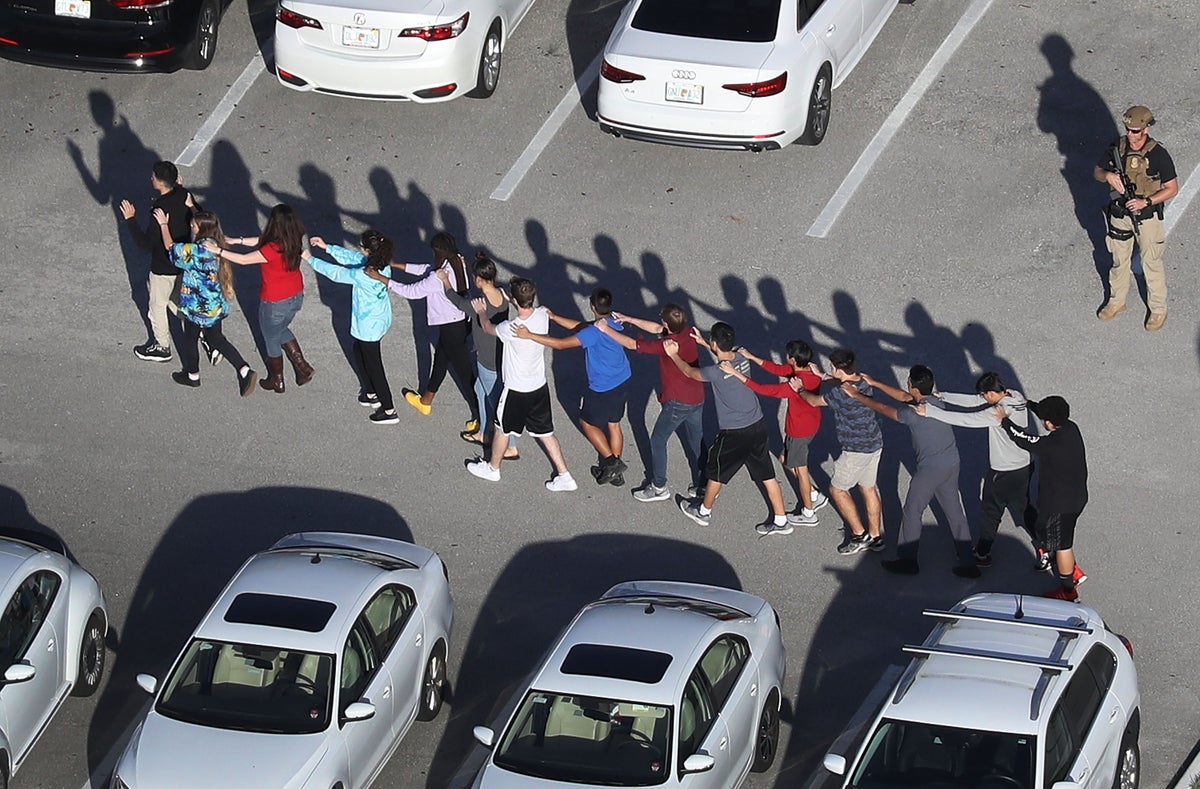
Almost 70 documented incidents of violence by age 19. Boasts online of being “the next school shooter”. Tips about threatening behaviour ignored by the FBI. Unlocked and unmanned gates at the school. Students and staff left to wander hallways while no active shooter alert was made. A school resource officer who hid from the gunfire for more than 45 minutes.
Nearly everything that could have gone wrong that day did.
It was Valentine’s Day 2018 and students and staff had gone to Marjory Stoneman Douglas High School in Parkland, Florida, for the day’s classes as normal.
Some teenagers in the throes of young love had taken in flowers and cards to give to their crushes. Then, that afternoon, everything changed.
At around 2.19pm, 19-year-old former student Nikolas Cruz took an Uber to the school carrying an AR-15 and a bag full of hundreds of rounds of ammunition.
He entered the school’s freshman building, stalking the three floors, where he shot and killed as many innocent victims as he could.
In less than four minutes, he had murdered 17 students and staff members. The victims were Alyssa Alhadeff, Martin Duque, Nicholas Dworet, Jaime Guttenberg, Luke Hoyer, Cara Loughran, Gina Montalto, Joaquin Oliver, Alaina Petty, Meadow Pollack, Helena Ramsay, Alex Schachter, Carmen Schentrup, Peter Wang, Scott Beigel, Chris Hixon and Aaron Feis.
Another 17 victims were seriously wounded but survived.
In the minutes after the attack, Cruz hid in plain sight among the terrified students fleeing the massacre and was able to escape the school grounds unnoticed.
He was arrested around an hour later casually walking along a street.
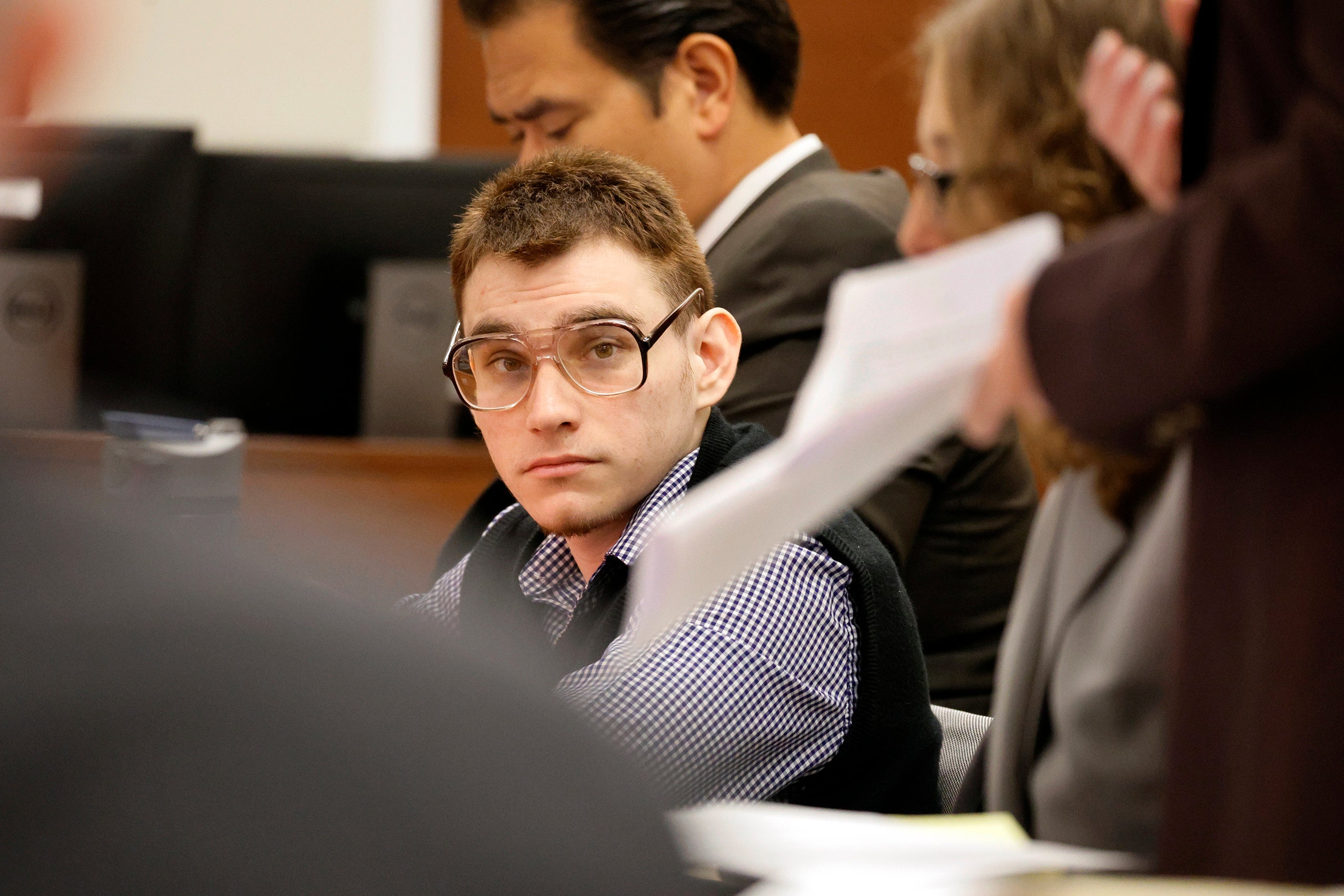
Before officers located him, he had gone to a nearby Subway for a drink and then onto a McDonald’s, where – unbeknown to both – he had sat directly opposite the relative of one of the innocent students he had just shot.
Last October, Cruz pleaded guilty to 17 counts of murder and 17 counts of first-degree murder.
Now, it’s down to a panel of 12 jurors to decide whether he should be sentenced to life in prison without the possibility of parole or to be sentenced to death for his crimes.
Following a jury selection process beset by delays and setbacks, opening statements finally began in his sentencing trial on 18 July. The trial is expected to last four to six months with testimony from up to 2,000 witnesses reliving what was one of the deadliest high school shootings in US history.
While the survivors and families of the victims have waited more than four years for their day in court, some changes in gun laws and school safety measures have come more quickly.
The Marjory Stoneman Douglas High School Public Safety Commission, launched in the aftermath to investigate both the shooting and the response to it, made several recommendations of what must change going forwards.
The investigation found that there were catastrophic errors in the response to Cruz’s actions that day.
And, ahead of the day itself, a whole host of disturbing warning signs had also been ignored about what Cruz would go on to do.
Warning signs
Almost immediately after the massacre, these warning signs about Cruz began to emerge.
From the age of just three, the future mass killer had already shown a tendency for violence.
Over the years, he then grew into a teenager who enjoyed killing small animals, made many violent threats, boasted about becoming the next school shooter online, decorated his items with Swastikas, and developed an obsession for firearms.
Worse still, his behaviour was well-documented.
He was the subject of dozens of 911 calls and police visits, was known to the Florida Department of Children and Families, and the FBI had received at least two tips about his threatening behaviour close to the 2018 attack.
Cruz and his half-brother Zachary had both been adopted by Lynda and Roger Cruz as babies.
When Cruz was just five years old, Roger died, leaving Lynda to raise the two boys alone.
In the decade before the 2018 attack, Lynda called police to their home dozens of times about her son’s behaviour.
The incidents recorded were increasingly violent.

In 2013, Cruz’s mother called police to say he had thrown her against a wall when she tried to take away his Xbox.
The following year, police were then called to reports that Cruz was shooting chickens with a BB gun.
In total, the Broward County Sheriff’s Office had 43 contacts with the Cruz family prior to the Parkland massacre, 21 of which involved Cruz alone or both him and his brother, according to the commission findings. But Cruz was never charged with any crime.
Growing up, Cruz also moved around multiple schools with behavioural issues reported at each and every one he attended.
It was January 2016 when he arrived at Marjory Stoneman.
During his time there, staff and a school social worker had been alerted by another student that Cruz spoke about wanting to “shoot up the school”. He lasted at the school just over a year before being expelled in February 2017 over threatening and violent behaviour.
Then, that November – just three months before the school shooting – Lynda died at the age of 68.
With the two boys orphaned, they were taken in by a family. Just weeks later, Cruz had to move in with another family after he got in a physical fight with a boy in the home and the police were called.
In a 911 call, the mother told police Cruz had put a gun to the head of his brother and his mother in the past and that she feared he would come back to her home with a firearm following the incident with her son.
Cruz told police at the time that he was “dealing with a bunch of things” following the death of his mother.
He had previously been diagnosed with mental health issues including depression, and the Florida Department of Children and Families became involved with him around a year earlier when he started posting pictures of himself self-harming on social media.
Long before his mother’s death, many had noticed other signs of his disturbing behaviour.
Cruz was known to harbour racist and homophobic beliefs and displayed a fascination with Nazism and the KKK. On the magazine of the gun used in the attack, Cruz had carved out swastikas.
He had also drawn a swastika on the backpack he used when he was a student at Marjory Stoneman. The backpack was also decorated in the numbers “666” – a racist term for Black people and a number used to denote the antichrist.
A search of his cellphone also uncovered numerous images associated with Nazism and the KKK and he was known to use phrases such as “white power”, the commission report found.
Cruz also often posted racist and homophobic posts on social media and spoke of his hatred toward Black, Jewish and gay people to his peers.
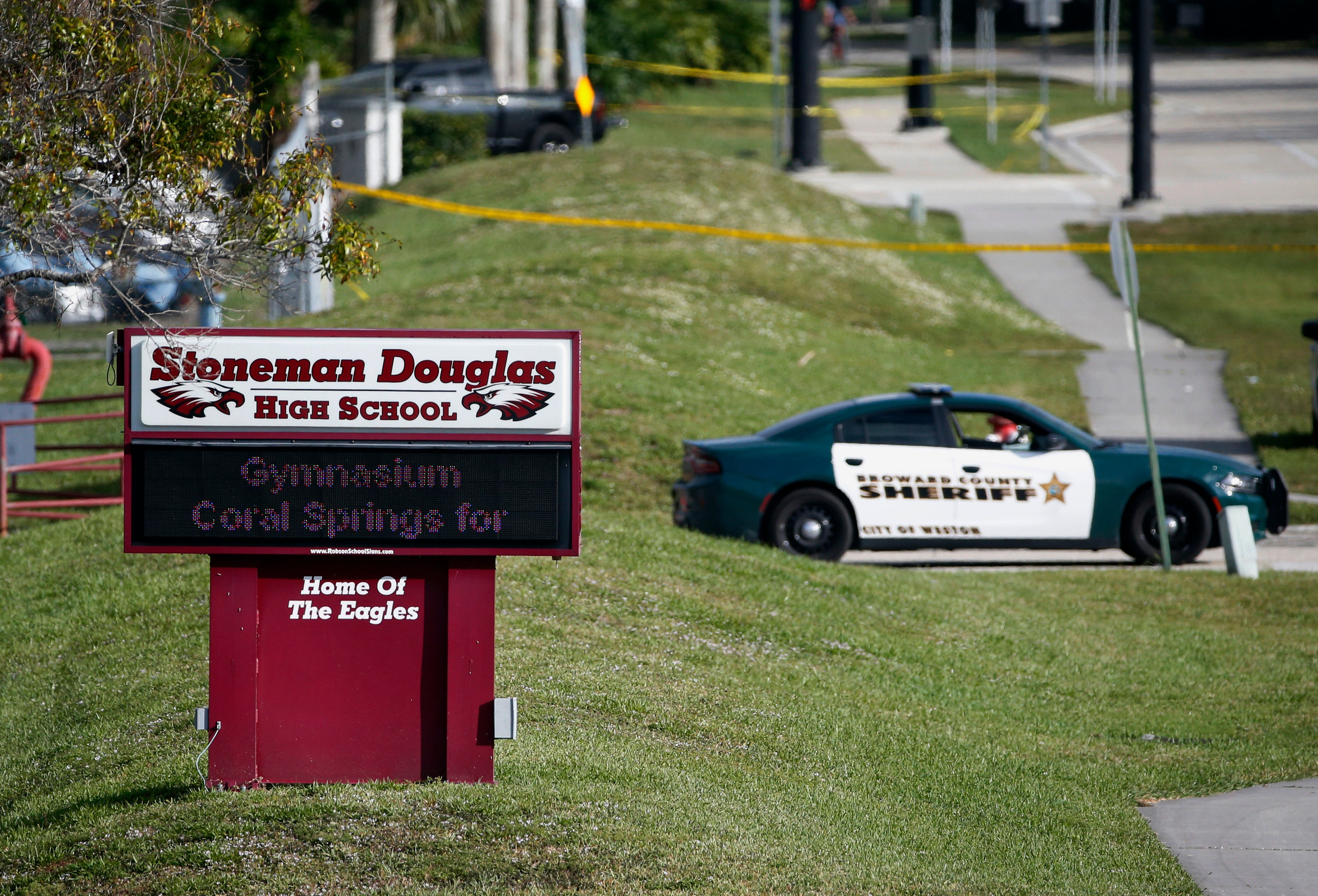
One student told investigators that he had once celebrated the 2016 mass shooting at Pulse nightclub in Orlando, saying: “I’m glad they killed all those gay people.”
Following his arrest, Cruz claimed that a voice called “swas” – short for swastika – told him to carry out the violence. A psychologist disputed these claims ahead of the trial, saying that he was faking the account in what is likely an attempt to avoid the death penalty.
During the investigation into the shooting, officials also uncovered dozens of online searches for child pornography on his computer as well as a history of killing small animals and posting photos of dead and mutilated animals on Snapchat and Instagram.
In one alarming incident, fellow students revealed that he brought a dead animal to school in a lunchbox to show off to other students. In another, Cruz allegedly killed a duck with a tire iron. Such was his obsession with killing animals that his classmates would joke that he would become a school shooter, the commission report noted.
It was no joke. Cruz repeatedly talked about carrying out school shootings and posed with guns on social media prior to the 2018 attack.
Back in early 2016, when Cruz was still a student at Marjory Stoneman, he made a disturbing post on Instagram in which he suggested he “planned to shoot up the school”.
A neighbour spotted the post and called the police who determined that the teenager owned knives and a BB gun. The information was passed on to staff at Marjory Stoneman. In the run-up to him carrying out the massacre, the FBI also received at least two tips concerning Cruz carrying out a school shooting.
The first tip came in September 2017, five months before the attack. A man who did not know Cruz reported a YouTube where the user gloated “I’m going to be the next school shooter”. The user identified as Nikolas Cruz, but officials determined there was not enough information to identify who had posted it. Notably, the commission revealed that officials did not serve legal process on YouTube or Google to find the person’s identity.
The second tip to the FBI came in January 2018, just one month before the shooting, from a family friend. She said she had become increasingly concerned about posts Cruz was making on Instagram and feared he would actually follow through on his threats to carry out a school shooting.
The family friend told the bureau about Cruz’s gun purchases, animal mutilations, escalating temper, his Instagram usernames, and where he was living at the time. The tip was closed by the FBI.
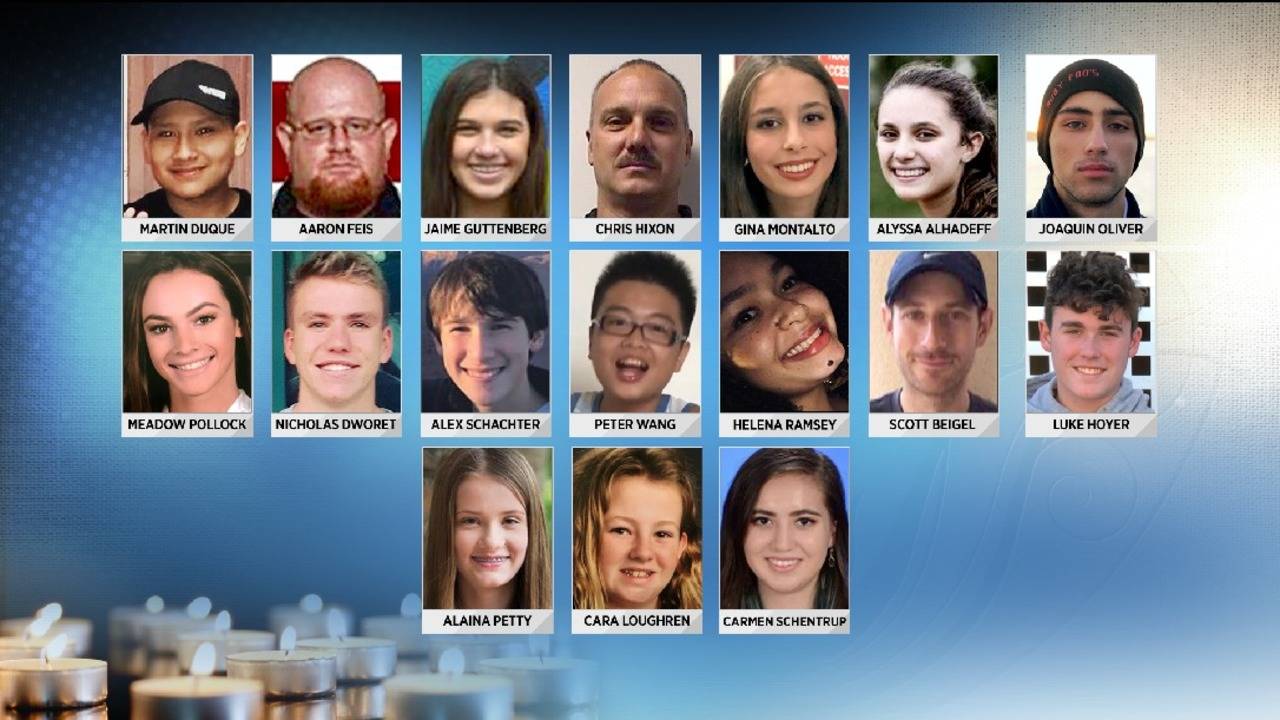
Not long before the 14 February massacre, Cruz then recorded a video in which he discussed his plans.
“With the power of my AR, you will know who I am,” he said in the footage.
Dozens of people around Cruz – and officials – had awareness of his disturbing and violent behaviour. Still, he was able to legally purchase multiple firearms in the run-up to the mass shooting.
In September 2016, Cruz was issued a Florida identification card needed to purchase firearms and he went on to legally buy seven firearms between then and February 2018.
He purchased the Smith and Wesson MP-15 semi-automatic firearm he later used to murder 17 from a gun store in Coral Springs in February 2017.
“Whether at-school behavior, behavior at home or acts toward his mother (mostly unreported), there were several missed opportunities to engage Cruz in the judicial system through arrest for various offenses,” the commission report found.
Mistakes made
The Marjory Stoneman Douglas High School Public Safety Commission – established by the Florida legislature after the shooting – released its findings in detailed and damning reports in 2019.
It found that multiple mistakes were made both in the lead-up to the mass shooting and on the day itself, enabling the gunman to carry out the attack unimpeded.
There were the failings of the FBI, law enforcement and school officials to act over the multiple warning signs of Cruz’s behaviour, the report found. But there were also failings on the day itself.
When he arrived at the school that afternoon, Cruz was freely able to enter the grounds because of an open and unstaffed gate and headed straight for Building 12 on the north side of campus.
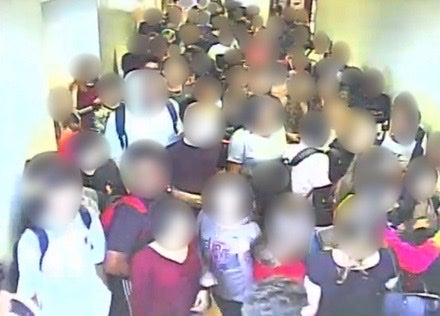
There, he also managed to enter the building via an unlocked and unstaffed door – something the commission described as “a breach of effective security protocols”.
At the time, all schools in Broward County were supposed to have a single point of entry, meaning that only one gate would be open to the school grounds and would be monitored by a staff member at all times.
Once Cruz was inside the school building, he began shooting on the first floor of the building, firing bullets along the corridor and through classroom doors and windows. Eleven people were murdered and 13 injured on the first floor.
No Code Red was issued to alert students and staff in the school that an active shooting was under way.
Instead, the smoke from Cruz’s firearm set off the fire alarms, causing students and staff on the third floor to exit their classrooms and begin to evacuate in the direction of the killer. This confusion is believed to have cost lives.
On the second floor, students and staff had heard the gunfire and responded as though it was an active shooter incident. They hid in locked classrooms and were not within Cruz’s line of fire when he reached the second floor corridor.
As a result, no one was killed on the second floor and Cruz soon moved on to the next floor.
As Cruz made his way up to the third floor, teachers – realising it was not a fire drill – began directing everyone back into the classrooms. Not everyone made it in time. Ten victims were shot – six of them fatally – on the third floor.
Around three minutes after the shooting started, at 2.24pm the first Code Red was finally issued over the school radio system. The alert came too late.
The response of both law enforcement and the school resource officer was also widely condemned as they failed to try to engage the shooter. Broward Sheriff’s Office Deputy Scot Peterson, who was the school resource officer that day, is accused of hiding for more than 45 minutes near a different school building instead of entering the area where the gunman was and attempting to stop him.
Investigators said that Mr Peterson was the only responding officer in a position to engage Cruz before he fled the scene minutes later.
Mr Peterson claimed he believed that the shooter was outside the building and that he also thought there could be a sniper. Mr Peterson has been charged with seven counts of child neglect, three counts of culpable negligence and one count of perjury over his actions that day and is awaiting trial.

Eight Broward Sheriff’s Office deputies also came under fire for their failure to act. They were on the scene just six minutes after the first shots were fired and could hear Cruz continuing to shoot at victims.
None of them immediately entered the school to confront the shooter, the report found.
There was also confusion among law enforcement officers responding to the scene around the 911 call system, radio communication problems and video camera systems at the school which didn’t display events in real time.
Broward County Public Schools officials also experienced backlash for the apparent lack of school security policies and training which left school staff and students unprepared for what to do in the event of an active shooting situation.
Lessons learned
Following the probe’s damning findings, some lessons appear to have been learned, with new gun laws and school safety practices put in place in the aftermath.
Just days after the massacre, a group of students who survived the attack launched anti-gun violence organisation Never Again MSD.
One month later on 25 March 2018, they organised the March for Our Lives – a massive protest where students across the US walked out of their schools in support of gun safety. Thousands gathered for a rally in Washington DC. A second March for Our Lives rally was held in June 2022 in the aftermath of the massacre in Robb Elementary School in Uvalde.
Lawmakers responded somewhat to the massacre at Parkland. In April of that year, the Republican Florida legislature passed new gun legislation in a state that had long expanded access to firearms.
Then-Governor Rick Scott – also a Republican who supported the NRA – signed the bill into law.
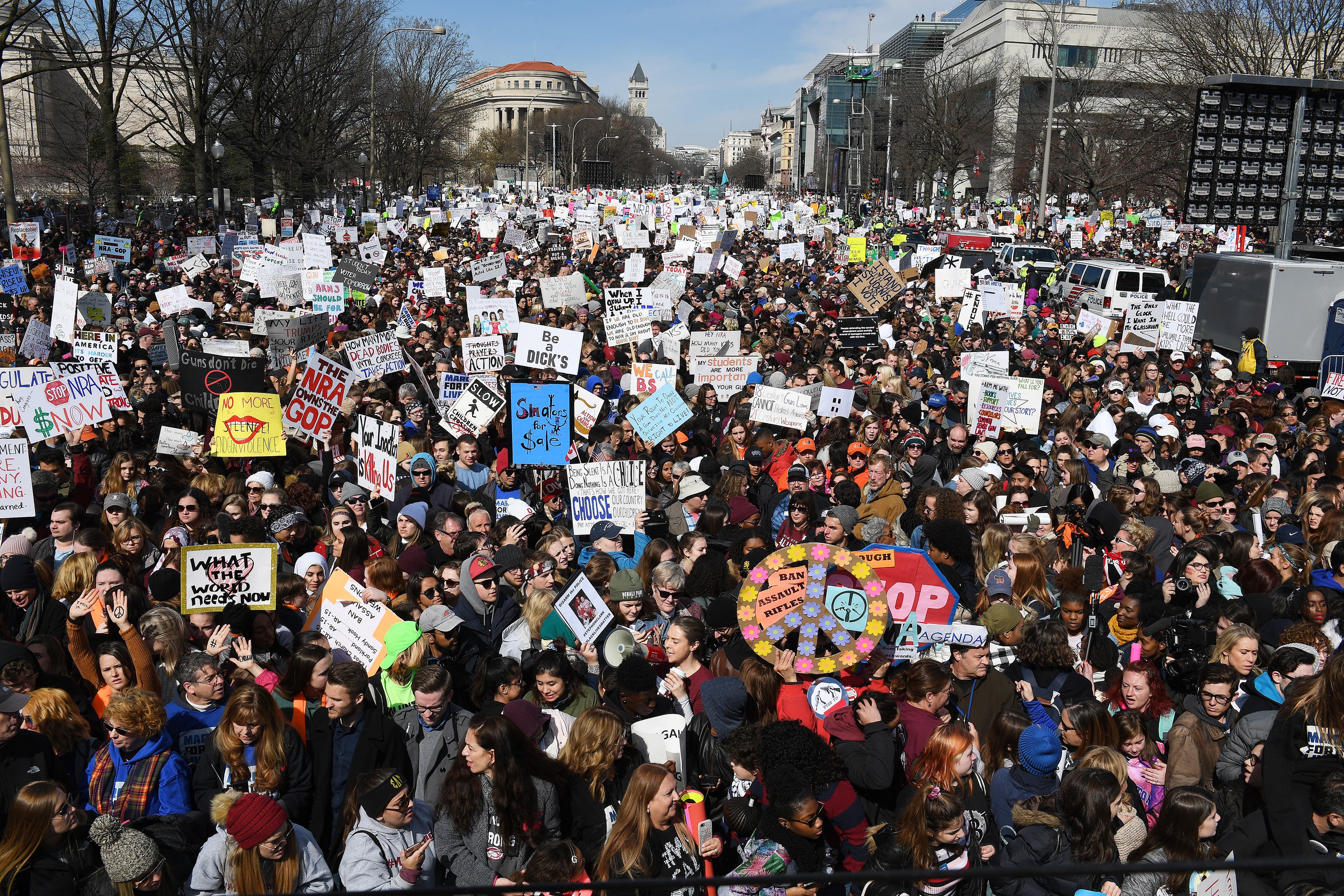
Among the measures was the raising of the minimum age to buy a firearm to 21 and introducing a three-day waiting period on all gun transactions.
While many believe the legislation did not go far enough, it marked the first time in 30 years that Florida had passed any gun control measures.
Funding was also channeled into improving school safety on a national level, with US Congress passing the STOP School Violence Act of 2018 to direct money to safety training for schools, crisis intervention teams and anonymous reporting measures.
However, there’s also a lot that didn’t change.
Attempts to pass gun control legislation on a national level failed and some states even relaxed gun laws in the years that followed. Now, in 2022, a string of other horrific mass shootings have left more families without their loved ones.
Since May, three men aged 18 to 21 armed with AR-15-style weapons have killed 38 innocent victims between them in separate attacks in Buffalo, Uvalde and Highland Park, renewing calls to do more to protect Americans from gun violence.
This month, President Joe Biden signed into law the most significant federal gun safety bill in decades which aims to help keep guns out the hands of people deemed a danger to themselves or others and bans gun sales to those convicted of domestic violence.
Even that does not go far enough to tackling gun violence, gun control advocates say.
While the debates around gun control and school safety continue, more details about Cruz’s particular crimes are expected to emerge in court over the coming weeks and months.
As the Florida commission said in its report: “While there were personal and system failures that culminated in the MSDHS shooting and contributed to its magnitude, it is important to be mindful that the one true ‘cause’ that resulted in 34 people being shot and/or killed, is Nikolas Cruz.”







